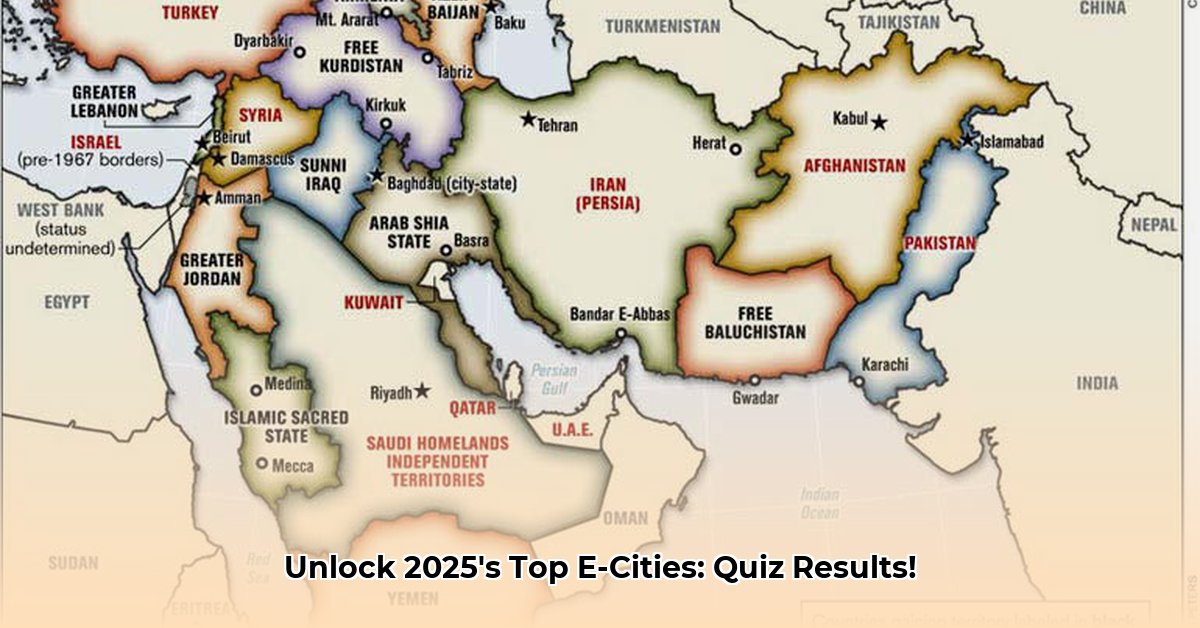Ever pondered the populations of cities whose names begin with the letter “E”? Instead of quizzes, we’ve investigated the data to provide insights into the most populous “E” cities worldwide, as reflected in geography quizzes. We’ll clarify the data behind these urban centers.
Geography Quiz Cities Starting with E: 2025’s Top Urban Centers and Population Dynamics
Do you want to know about the global urban scene and cities starting with “E”? We looked at data from many online quizzes, focusing on cities starting with “E,” to give you a helpful overview of urban demographics. Our goal was to figure out the average population of each city. Populations of cities can change, so think of this as a picture of global urban centers at a specific time.
Methodology: The Data Scoop and Population Assessment
Our method involved gathering and interpreting data about cities starting with “E.” Because the quizzes had different population numbers, we calculated the average population when there were major differences. This method helps reduce those differences, giving a more complete view. This is like averaging test scores to get an overall grade.
Global Tour: “E” Cities and Urban Population Figures
Our findings, shown in the table below, show different population numbers among different quizzes. This shows how hard it is to get correct global population numbers. Global population numbers are always changing.
| City | Average Population (Estimate) | Possible Range (Based on Quiz Variations) |
|---|---|---|
| Erbil | 1,656,000 | 1,500,000 – 1,800,000 |
| Edmonton | 1,014,000 | 950,000 – 1,100,000 |
| Ezhou | 933,000 | 850,000 – 1,050,000 |
| El Paso | 887,000 | 800,000 – 970,000 |
| Ekaterinburg | 1,493,000 | 1,350,000 – 1,600,000 |
| Essen | 582,000 | 550,000 – 620,000 |
| Enugu | 772,000 | 700,000 – 850,000 |
| Erode | 541,000 | 490,000 – 600,000 |
| Edirne | 414,000 | 380,000 – 450,000 |
| East London | 489,000 | 450,000 – 530,000 |
| Eindhoven | 238,000 | 220,000 – 250,000 |
| Eskisehir | 876,000 | 800,000 – 950,000 |
| El Obeid | 402,000 | 370,000 – 430,000 |
| Elazig | 381,000 | 350,000 – 420,000 |
| Ecatepec | 1,655,000 | 1,500,000 – 1,800,000 |
| Ensenada | 443,000 | 400,000 – 480,000 |
| Erfurt | 214,000 | 200,000 – 230,000 |
| Ed Damazin | 271,000 | 250,000 – 290,000 |
| Eluru | 267,000 | 240,000 – 290,000 |
| Espoo | 296,000 | 270,000 – 320,000 |
We added a range to show the differences across the quizzes, which shows how hard it is to get exact global census data. Does the data show a clear leader, or are the numbers too close?
Findings and Population Research
This study shows how hard it is to correctly track global population based on online quizzes, and emphasizes the need for real census data and better data collection methods. This is just a start; more research with census data is needed to improve these numbers and look at population changes.
Key Points:
- Population numbers from different sources can be very different, showing how hard it is to collect global data.
- Official census data is needed to create reliable starting points and do more research on population changes.
- Regular updates are needed to account for births, deaths, and migration that affect population numbers.
How to Determine City Populations and Conduct Population Analysis
Do you know how to get correct city populations from different online sources? This requires thinking about methods and data sources.
- Getting correct city populations requires thinking about different methods and data sources; understanding population analysis is important.
- Different definitions of “city” (city proper, MSA, CSA) result in different population numbers and population density.
- Many online sources have population data, but checking their reliability is important for understanding population statistics.
- Web GIS (geographic information system) tools help visualize and analyze population data.
- Understanding data limits and possible differences is needed for good urban growth analysis.
The City Population Puzzle: Urbanization
Why do websites show different numbers for the same city’s population, and how does urbanization affect these numbers? It’s because defining a “city’s” population is complicated. We often see different measures:
- City Proper: The officially defined city limits, which is the smallest and often least representative measure.
- Metropolitan Statistical Area (MSA): Includes the city and its nearby suburbs, which gives a more realistic view of the urban area and economy.
- Combined Statistical Area (CSA): Includes multiple MSAs, giving a broader view of connected urban areas and population shift.
The method used greatly affects the final number. So, careful thought and demographic research are needed.
Systematic Approach: Populations Statistics
The key to accuracy is to use multiple trusted sources to get accurate population statistics.
-
Identify Reputable Sources: Start with trusted government agencies like the U.S. Census Bureau (https://www.census.gov/) or similar organizations in other countries, and government data.
-
Compare and Contrast Data: Compare the population numbers for each city from different sources, noting the method used (city proper, MSA, CSA).
-
Analyze Trends and Context: Look at population trends and consider economic factors, migration patterns, and trends in urbanization, studying economics of urbanization.
-
Use Advanced Tools (Optional): Web GIS technologies offer tools for visualizing and analyzing spatial population data, to find population statistics. These platforms can be helpful for deeper research and finding patterns in population density, and conduct demographic analysis.
Facing Data Limits: Population Geography
Even with a multi-source approach, some uncertainties remain. Recognize data limits, like older data that isn’t as accurate as recent information, and be clear about sources and methods to build trust, and its connection with population geography. Transparency improves findings.
Global Cities Starting with “E”: Population Report & Demographics
This section answers which global cities have the letter “E” at the beginning and what are their population sizes and key demographics using population statistics.
Key Points:
- Significant differences exist in population data for cities starting with “E,” depending on the source and method used (city proper vs. metropolitan area) and data accuracy.
- Edmonton, Erbil, Ezhou, and El Paso are consistently among the largest, with over 1 million people according to different sources, making them contenders for global city ranking.
- Data for smaller cities is less reliable and more inconsistent across sources, needing more data scrutiny.
- Historical context is important for understanding population trends in these cities; do urban history research to learn more.
- Standardized data collection methods are needed for more accurate global comparisons, helping to provide population insights.
- Explore Famous Name Meaning and Discover Names that Signify Renown - January 10, 2026
- Name History Explores Legal and Cultural Impact on Identity - January 9, 2026
- Cool Urban Boy Names for a Distinct, Modern City Style - January 8, 2026










